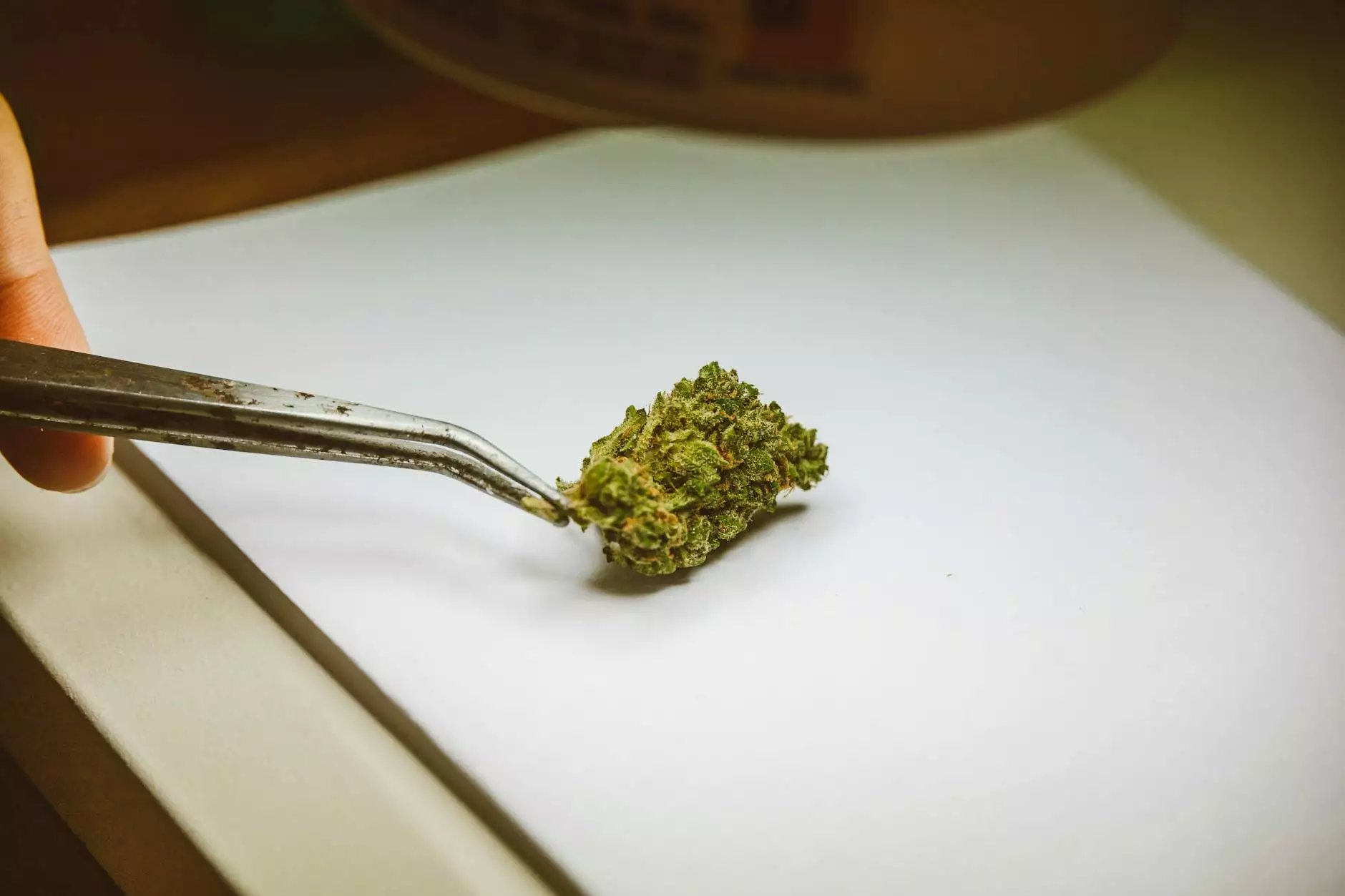How to Fix Slippery Concrete: A Comprehensive Guide

Concrete is a popular choice for many residential and commercial applications due to its durability and versatility. However, one significant drawback of concrete surfaces is their tendency to become slippery, especially when wet. This can pose safety hazards, leading to slips and falls. Fortunately, there are several effective methods to fix slippery concrete and make your surfaces safer. In this article, we'll explore various methods, techniques, and products to address this issue effectively.
Understanding the Causes of Slippery Concrete
Before diving into how to fix slippery concrete, it's essential to understand what causes concrete surfaces to become slippery. Here are some common reasons:
- Wet Conditions: Rainwater, snow, or ice can create a slick layer on concrete, increasing the risk of slips.
- Surface Finish: Highly polished or sealed concrete tends to be more slippery than rough, textured surfaces.
- Contamination: Oil spills, dirt, or moss can make concrete surfaces slippery.
- Wear and Tear: Over time, the texture of the concrete may wear down, reducing its slip resistance.
Why It’s Important to Fix Slippery Concrete
Addressing slippery concrete is not just about aesthetic appeal; it's crucial for safety. Slips and falls can lead to serious injuries, and businesses can face legal liabilities if adequate safety measures are not implemented. By fixing slippery concrete, you are:
- Ensuring Safety: Protect your family, employees, and customers from accidents.
- Enhancing Accessibility: Make your property more accessible for individuals with mobility challenges.
- Increasing Durability: Adding a non-slip surface can help maintain the integrity of concrete over time.
- Avoiding Legal Issues: Reduce the risk of lawsuits due to accidents on your property.
Effective Methods to Fix Slippery Concrete
Now that we understand the importance of fixing slippery concrete, let’s delve into various effective methods.
1. Textured Coatings
One of the most straightforward ways to fix slippery concrete is by applying textured coatings. These coatings add a rough texture to the surface, improving traction. Here is a breakdown of options:
- Acrylic Coatings: These coatings are easy to apply and can be tinted to match your decor. They can be slippery if not properly maintained, so make sure to choose a slip-resistant formula.
- Polyurethane Coatings: These provide excellent durability and slip resistance. They are ideal for high traffic areas.
- Epoxy Coatings: Known for their toughness, epoxy coatings also provide good slip resistance. They are often used in commercial applications.
2. Anti-Slip Additives
Another effective way to enhance traction is to use anti-slip additives. These are substances mixed with sealers, coatings, or even concrete itself to improve surface texture. Common options include:
- Granular Additives: Such as sand or glass beads, can be mixed with sealers for added grip.
- Slip-Resistant Additives: These specialized products are designed to enhance surface texture without compromising aesthetics.
3. Concrete Resurfacing
For severely worn or polished surfaces, concrete resurfacing may be an effective solution. This involves applying a new layer of concrete or a polymer blend that can be textured for a non-slip finish. Benefits of resurfacing include:
- Improved Appearance: Resurfacing can rejuvenate dull surfaces.
- Enhanced Safety: You can add a textured finish for improved traction.
4. Using Non-Slip Mats
If you’re looking for a temporary solution, consider using non-slip mats. These are particularly beneficial for:
- Patios and Decks: Non-slip mats can provide immediate safety on outdoor concrete surfaces.
- Entrance Areas: Mats can reduce slip risks where wet shoes frequently contact concrete.
5. Regular Maintenance
It’s vital to maintain your concrete surfaces to keep them safe. Here are some maintenance tips:
- Regular Cleaning: Keep surfaces free of debris, oil, and algae that can cause slick conditions.
- Sealants: Properly sealing your concrete every few years can enhance its slip resistance.
How to Implement the Solutions
Having discussed how to fix slippery concrete, you may wonder how to put these solutions into practice. Here's a step-by-step guide:
Step 1: Assess Your Surface
Before you begin, inspect your concrete surface thoroughly. Determine the level of slipperiness and the cause.
Step 2: Choose the Right Method
Based on the condition of your concrete, select the most appropriate method from the options discussed above.
Step 3: Gather Your Materials
Ensure you have all necessary tools and materials ready. This includes safety gear, mixing containers, and application tools.
Step 4: Prepare the Surface
Before applying any products, make sure the concrete is clean and dry. Power wash if necessary, and allow it to dry completely.
Step 5: Apply the Solution
Follow the manufacturer's instructions for mixing and applying your chosen solution. Whether it's a coating, an additive, or a resurfacer, apply it evenly across the surface.
Step 6: Allow for Proper Curing
Let your chosen solution cure for the recommended time before using the surface to ensure maximum effectiveness.
Conclusion
Addressing the issue of slippery concrete is essential for safety and longevity. By understanding the causes and implementing effective solutions, such as textured coatings, anti-slip additives, or concrete resurfacing, you can significantly improve the safety of your surfaces. Whether you run a business or maintain a home, investing time and resources into fixing slippery concrete is a smart decision that pays off in the long run.
For professional assistance with concrete services, consider reaching out to ND Clean. With expertise in Home Services, Flooring, and Office Cleaning, they can help you ensure that your concrete surfaces remain safe and attractive for years to come.
Frequently Asked Questions
1. How long do anti-slip coatings last?
Anti-slip coatings can last anywhere from 2 to 10 years, depending on the type of coating and the amount of traffic the surface experiences.
2. Can I apply these solutions myself?
Yes, many of these solutions can be applied by homeowners with basic DIY skills. However, for best results or larger areas, consider hiring professionals.
3. What is the most cost-effective method?
Using anti-slip additives mixed with sealers is often more cost-effective compared to resurfacing or full coating applications.
4. Is there an environmentally friendly option?
Yes, many manufacturers now offer eco-friendly non-slip coatings and additives that reduce environmental impact while ensuring safety.
5. How can I maintain the slip resistance of my concrete?
Regular cleaning and resealing your concrete surface as per the manufacturer’s recommendations will help maintain its slip resistance.









